LOCATION: Located throughout New Zealand and throughout Te Mata Park. The fenced karaka grove in the Te Hau Valley above the wetland was a Māori planting, either as a food source or as a sacred grove used by tohunga. There are also many older karaka trees in Webb’s Bush.
Karaka are believed to be native to the northern North Island but were planted as a food source by Maori near settlements and are now common down to the upper South Island.
CULTURE: Karaka is the Māori term for the colour orange, named for the bright orange berries which appear during raumati (summer) and ngahuru (autumn).
RONGOĀ: Karaka leaves are also used as rongoā (traditional Māori medicine), with the shiny green upper surface applied to wounds to speed healing.
PART EATEN: The inner part of the fruit is extremely poisonous unless carefully prepared. In Māori settlements, kererū came to eat the fruits and were noosed or speared. Kererū are also credited with dispersing the seeds for the karaka and help to ensure its survival.
TOXINS: Karaka kernels or seeds contain a powerful poison called karakin and are extremely toxic if eaten raw. Before eating, the kernels were treated through a long process of roasting, soaking and steaming in a hangi to remove all traces of the deadly poison.
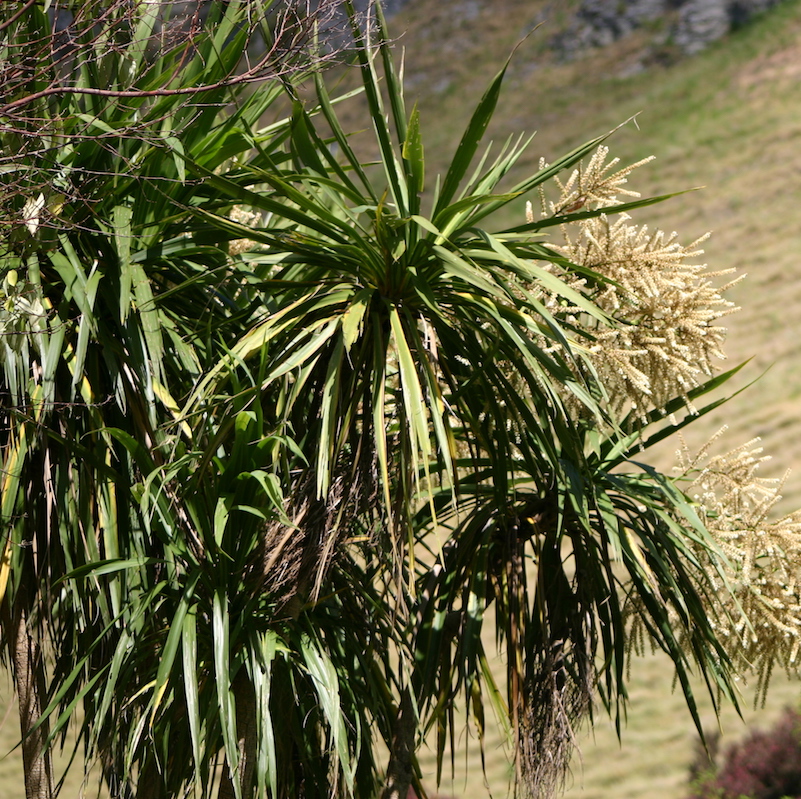 Source: Mike Lusk
Source: Mike Lusk Five times winner of the prestigious international green space award.
Five times winner of the prestigious international green space award.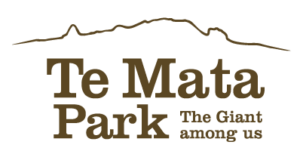
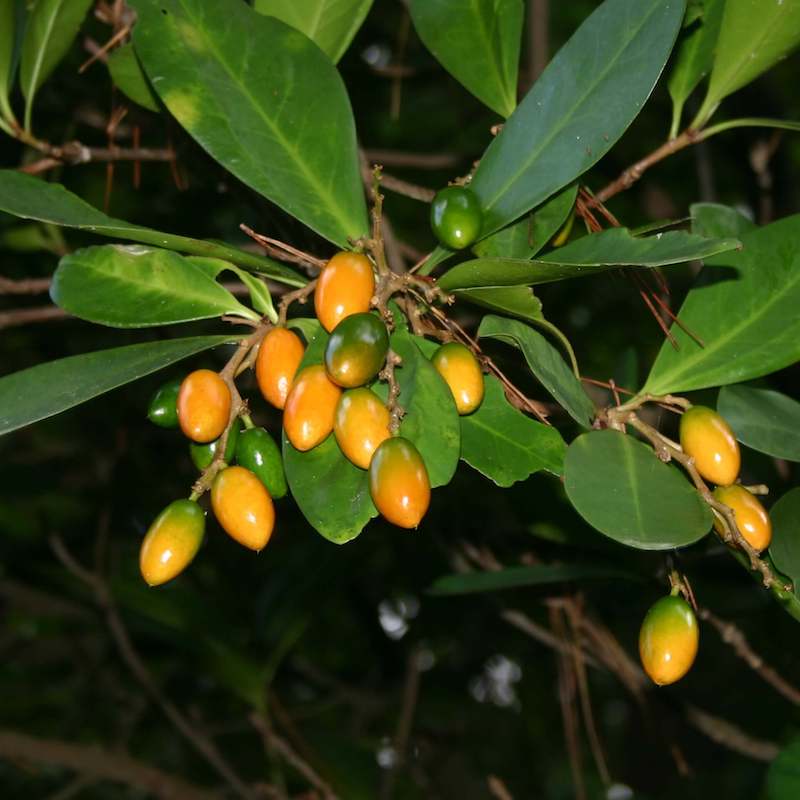
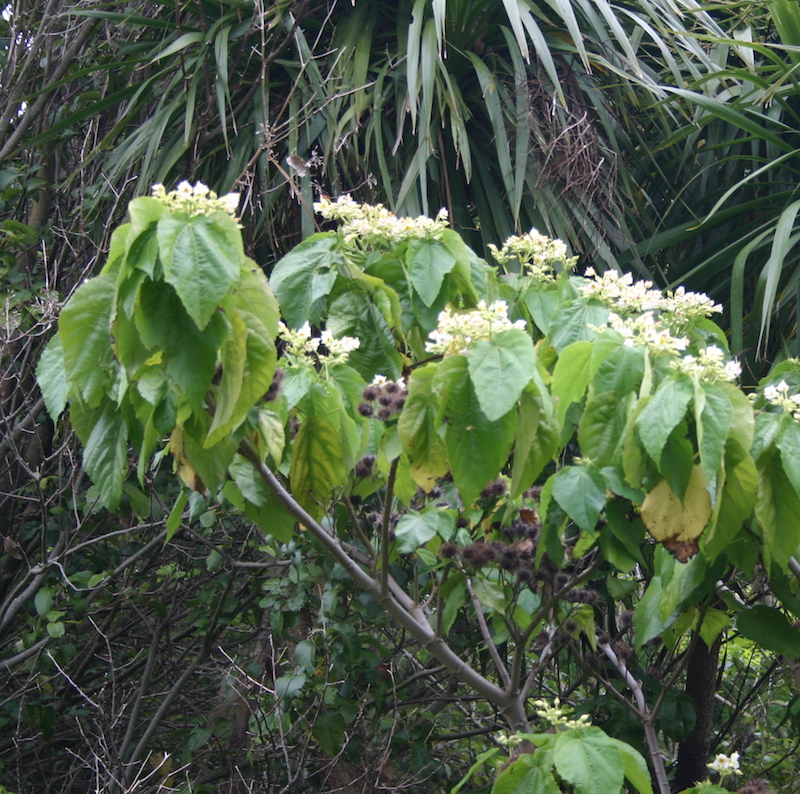 Source Mike Lusk
Source Mike Lusk
 Source: Mike Lusk
Source: Mike Lusk